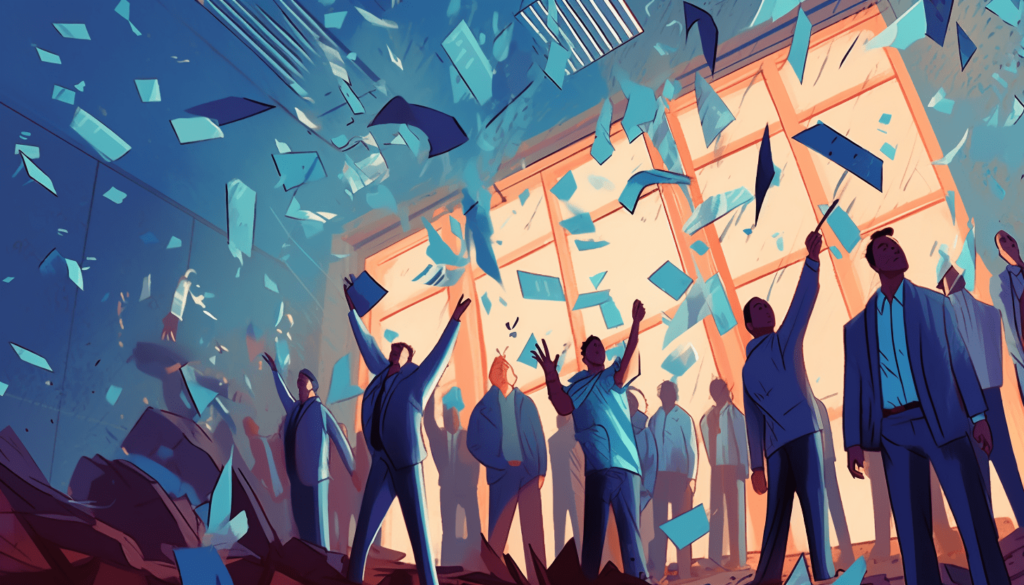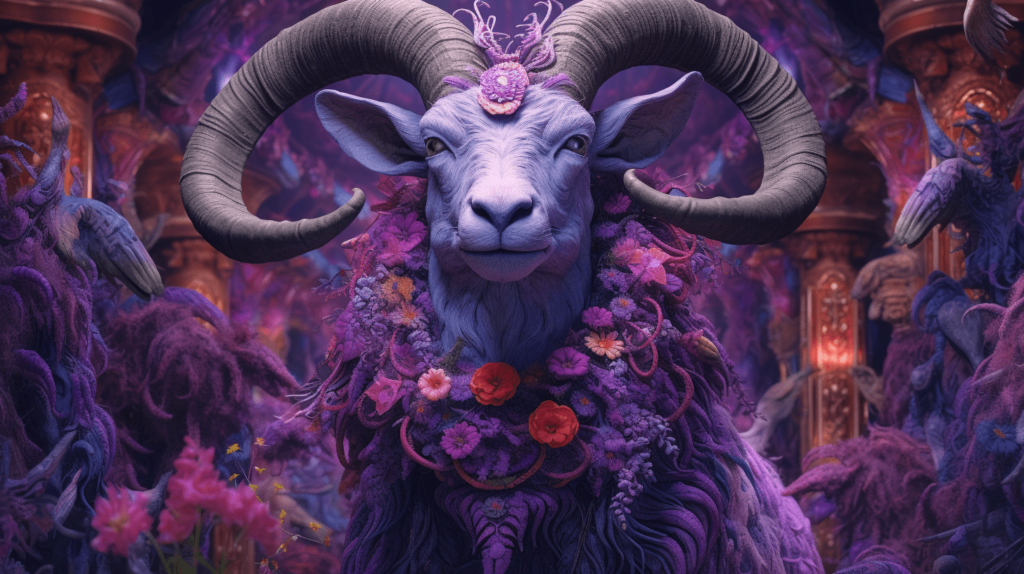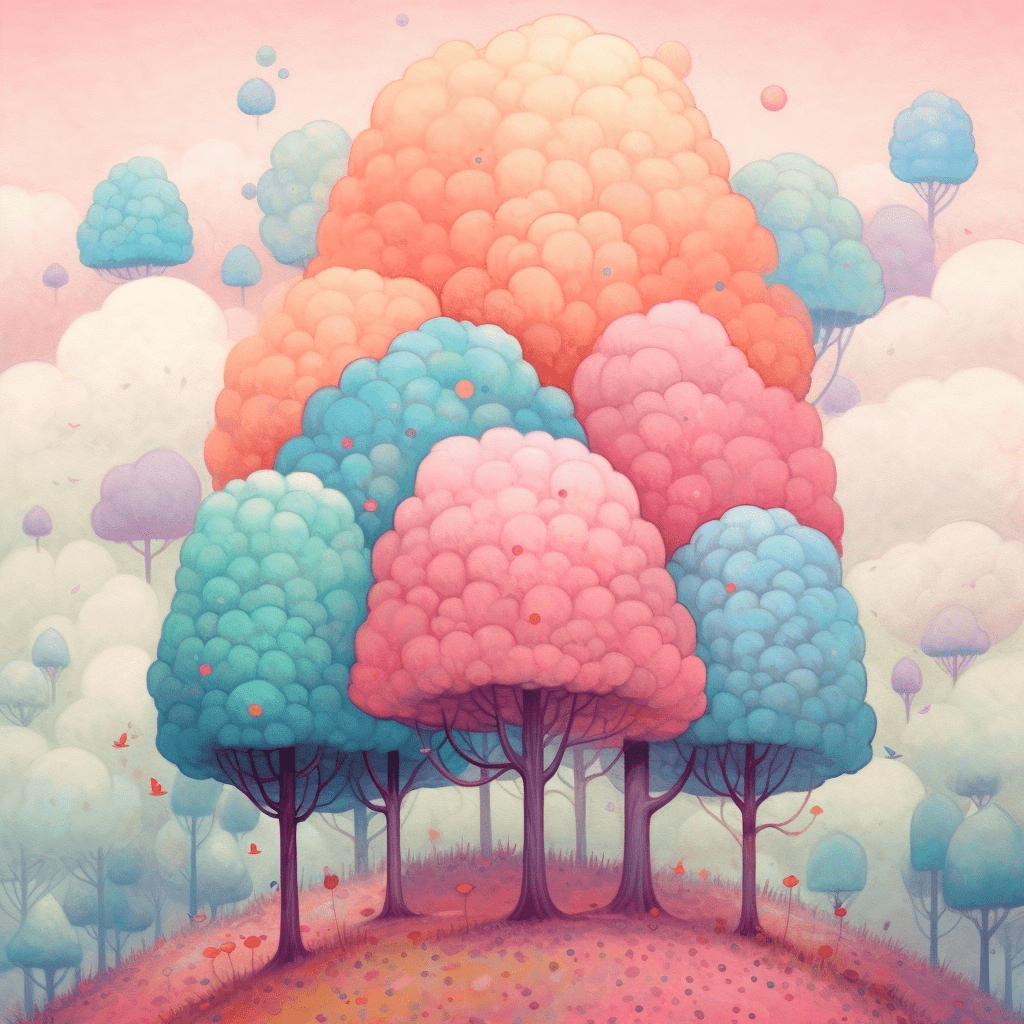Non-fungible tokens (NFTs) have taken the digital art and collectibles world by storm, offering creators and collectors a new way to buy, sell, and trade unique digital assets on the blockchain. If you’re looking to start your own NFT collection, follow this step-by-step process to ensure your collection is successful and valuable.

Step 1: Research and Choose Your Niche
The first step in creating a successful NFT collection is to research the market and choose a niche that interests you. There are countless types of NFTs available, including digital art, music, virtual real estate, and gaming assets. Focus on a specific area that you’re passionate about and knowledgeable in, as this will help you make better investment decisions and connect with like-minded collectors.
Step 2: Set Up a Digital Wallet
Before you can start collecting NFTs, you’ll need to set up a digital wallet that supports the cryptocurrency used by your chosen platform. Most NFT platforms use Ethereum (ETH), but some may also accept other cryptocurrencies like Binance Coin (BNB) or Flow (FLOW). Popular digital wallets for storing and managing NFTs include MetaMask, Trust Wallet, and Coinbase Wallet. Make sure to secure your wallet with a strong password and backup your seed phrase to protect your assets.
Step 3: Fund Your Wallet
Once your digital wallet is set up, you’ll need to fund it with the necessary cryptocurrency to purchase NFTs. You can buy cryptocurrency through an exchange like Coinbase or Binance and then transfer it to your digital wallet. Keep in mind that you’ll also need to cover transaction fees (also known as gas fees) when buying, selling, or trading NFTs, so ensure you have enough funds to cover these costs.
Step 4: Explore NFT Marketplaces and Platforms
With your digital wallet funded, you can now start exploring various NFT marketplaces and platforms to find the right fit for your collection. Some popular NFT platforms include OpenSea, Rarible, and Foundation, which cater to a broad range of NFT categories. If you’re looking for a more niche platform, consider exploring options like NBA Top Shot for sports collectibles, Decentraland for virtual real estate, or Async Art for programmable art. Familiarize yourself with each platform’s user interface, fee structure, and community guidelines before committing to a specific marketplace.
Step 5: Discover Artists and Projects
As you explore different platforms, begin discovering and following artists and projects that align with your chosen niche. Look for creators with a strong online presence, unique style, and a growing community of supporters. You can also follow established collectors and influencers in the space to discover new projects and gain insights into market trends. Keep an eye out for limited edition drops and exclusive collaborations, as these can often be valuable additions to your collection.
Step 6: Evaluate NFTs for Value and Rarity

When considering NFTs for your collection, take the time to evaluate their potential value and rarity. Factors to consider include the artist’s reputation, the uniqueness of the work, the number of editions or copies, and any additional utility or functionality the NFT may have (such as access to events or virtual experiences). Consider the long-term potential of the NFT and whether it will hold its value or appreciate over time.
Step 7: Purchase and Manage Your NFTs
Once you’ve identified NFTs that you’d like to add to your collection, you can use your digital wallet to purchase them on your chosen platform. Be prepared to act quickly, as popular NFT drops can sell out in minutes. After purchasing an NFT, manage your collection in your digital wallet and ensure it’s secure. Regularly update your wallet software and maintain backups of your seed phrase to protect your assets from loss or theft.
Step 8: Engage with the NFT Community
Building a successful NFT collection isn’t just about buying and selling assets; it’s also about being an active participant in the NFT community. Join social media groups, online forums, and Discord channels related to your chosen niche to network with other collectors, artists, and enthusiasts. By engaging with the community, you can gain valuable insights, stay informed about upcoming releases, and even collaborate with other collectors on joint ventures.
Step 9: Consider Selling and Trading NFTs
As your collection grows, you may decide to sell or trade some of your NFTs to acquire new assets or free up funds for future investments. When selling, consider factors like market demand, scarcity, and the current state of the NFT market. Set realistic prices and be prepared to negotiate with potential buyers. Trading NFTs with other collectors can also be a great way to diversify your collection and acquire sought-after pieces without spending additional funds.
Step 10: Monitor Market Trends and Adjust Your Strategy
The NFT market is constantly evolving, so it’s essential to stay informed about trends and developments in the space. Keep an eye on the overall market, as well as your specific niche, and adjust your strategy accordingly. This may involve focusing on new types of NFTs, exploring different platforms, or adjusting your buying and selling strategies to capitalize on market fluctuations.
Conclusion

Starting a successful NFT collection requires research, planning, and active engagement with the NFT community. By following these steps and staying informed about market trends, you can build a valuable and diverse collection that reflects your passions and interests. As you grow your collection and gain experience in the NFT space, you’ll develop a deeper understanding of the market and be better equipped to make strategic decisions that maximize the value of your assets.
